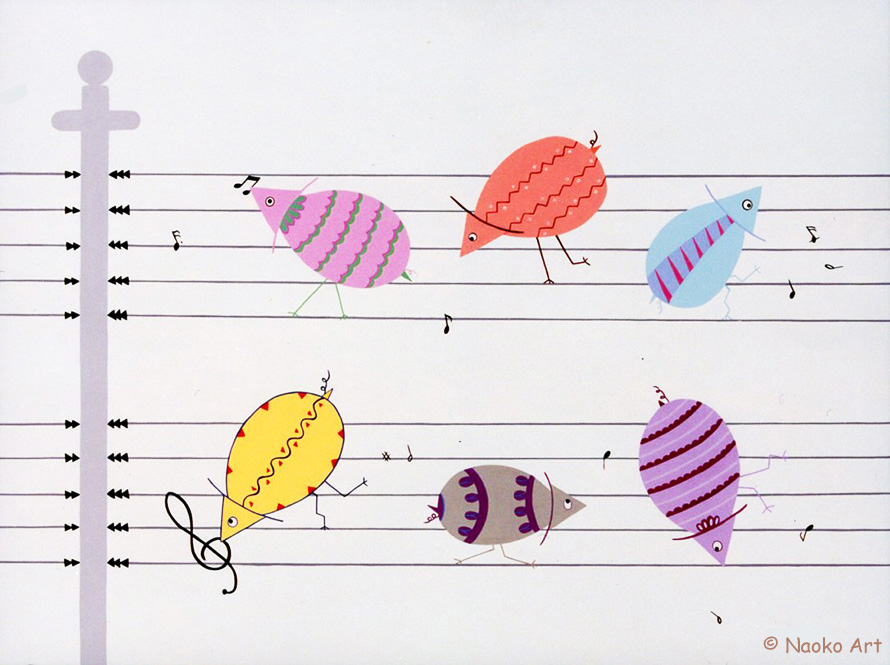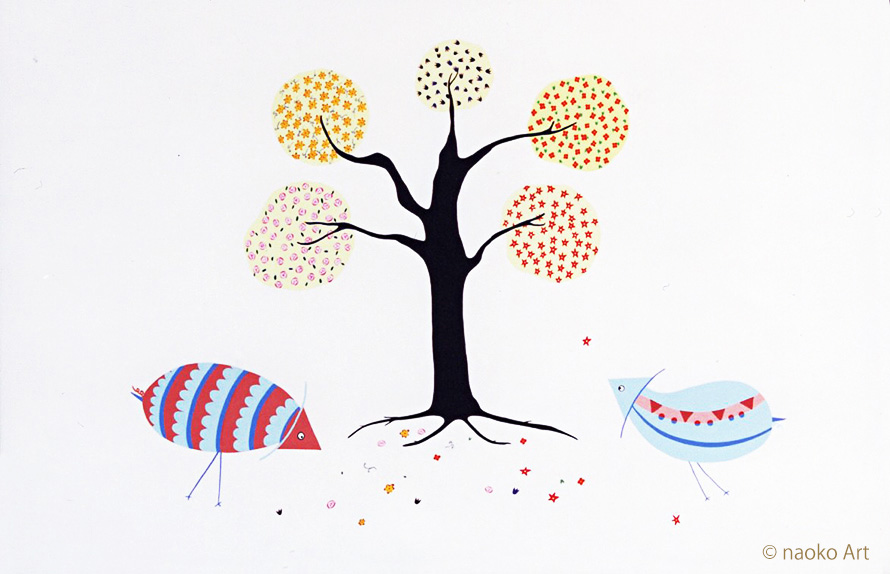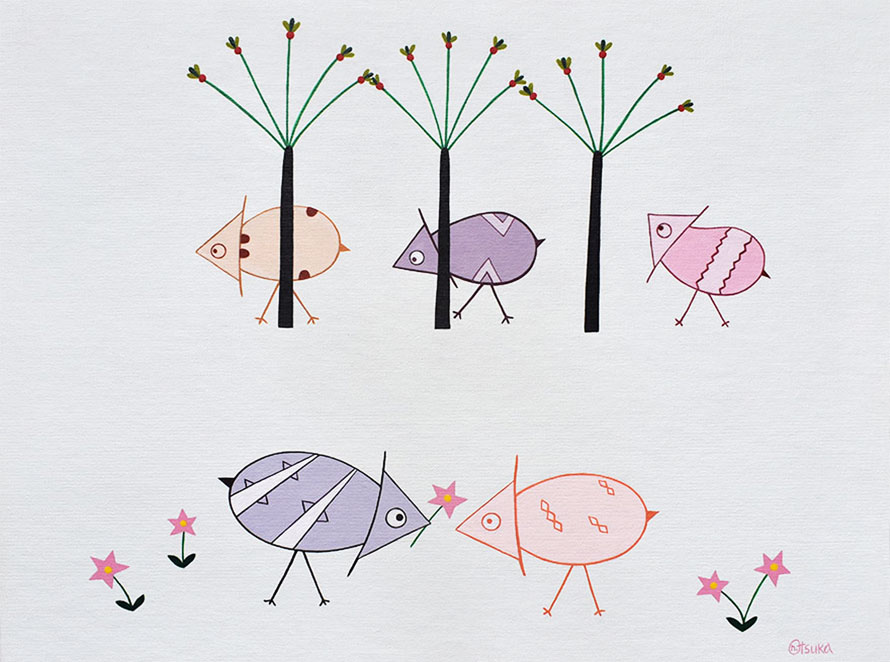In the eco-art series designed by Nahoko Art for children's environmental education, one standout piece is the Patchy Bird. This imaginative bird, characterized by its unique abstract geometric pattern, radiates calmness, cheerfulness, and amiability. These contented birds thrive in harmony with their kin and exemplify the essence of an ecological lifestyle, diligently gathering food, constructing nests, and supporting one another.
They are happy birds!
|
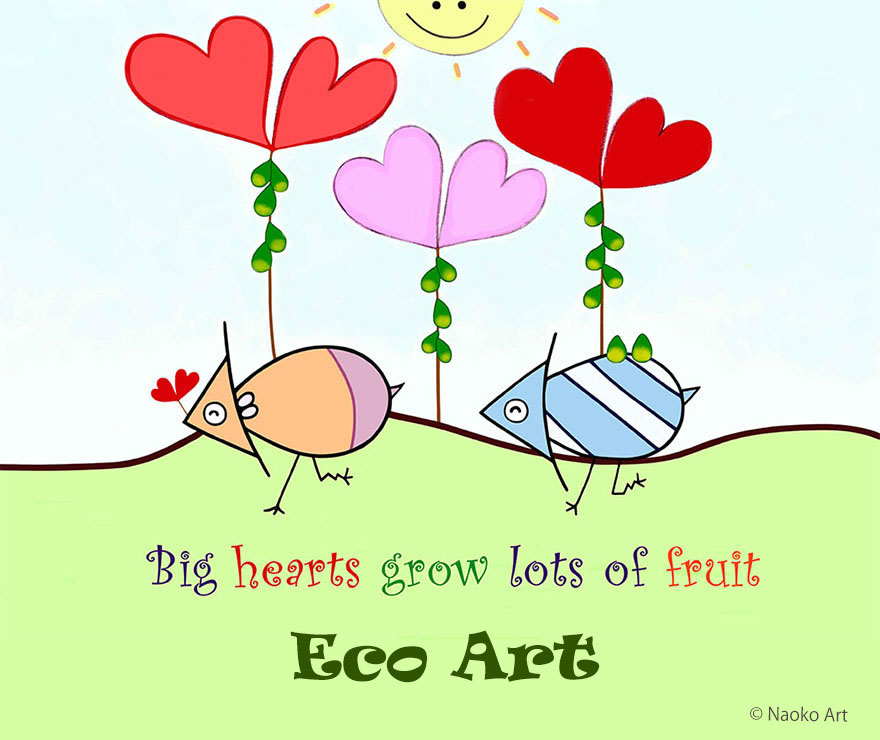
| While we can only speculate about what animals believe, these are the aspects they may value most in a long-term ecological partnership with humans. |
| |
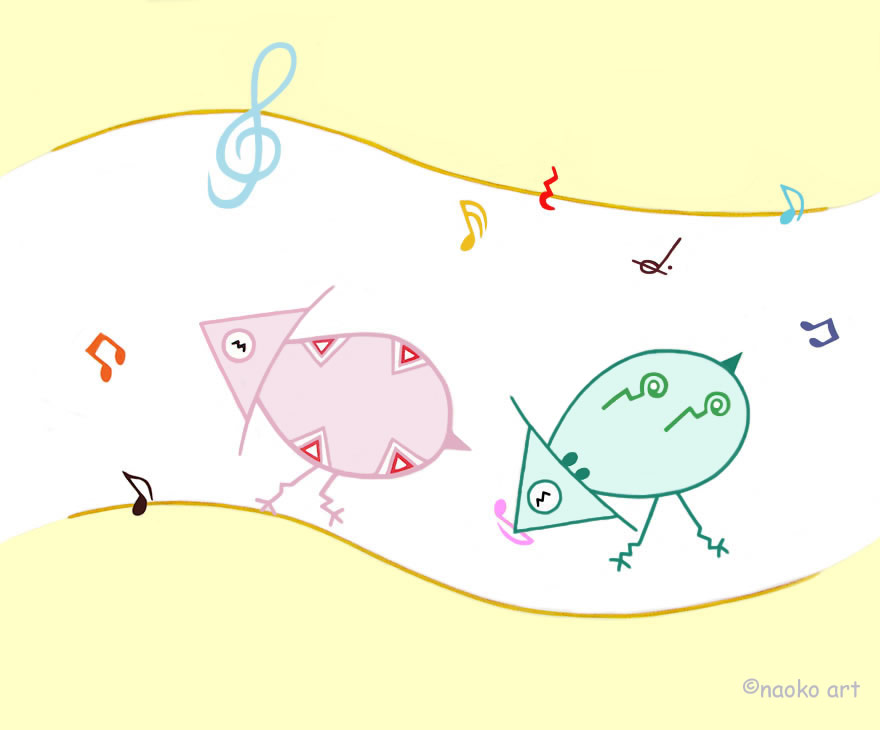
| Protect natural habitats to prevent biodiversity loss and ensure that animals have a space to live, breed, and thrive. |
| |
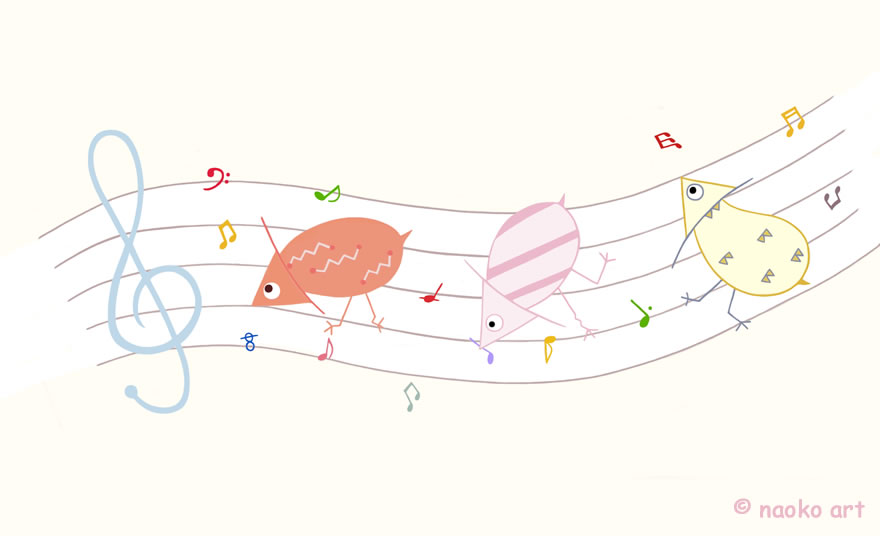
| Reduce the amount of waste and pollution generated by human activities, including plastics, chemicals, and greenhouse gas emissions, to prevent harm to animals and their environments. |
| |
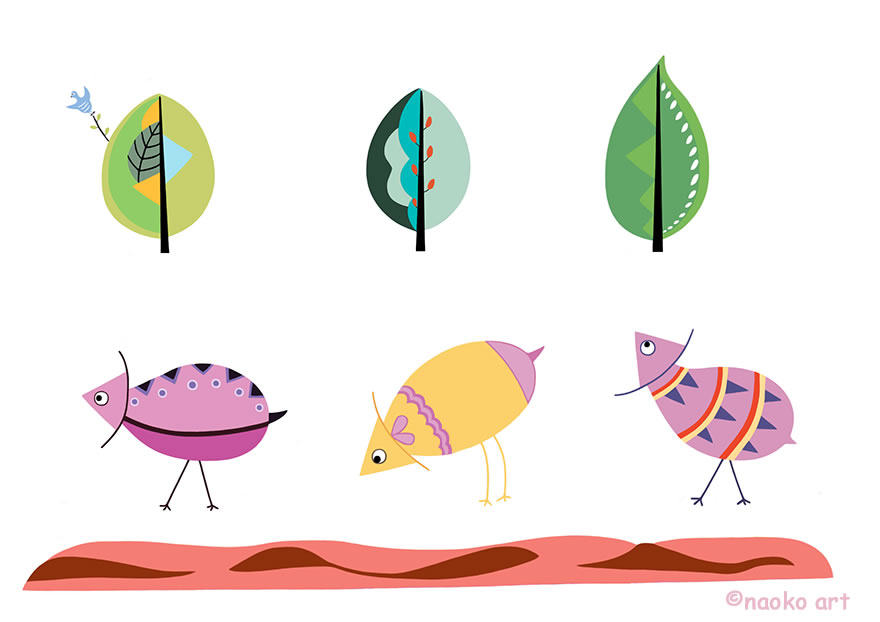
| Implement humane, eco-friendly farming practices, which can reduce deforestation, water consumption, and pesticides and antibiotics that can harm wildlife. |
| |
| |

| Address the causes of climate change by reducing greenhouse gas emissions, transitioning to renewable energy, and promoting reforestation to help mitigate the effects on animals and their habitats. |
| |
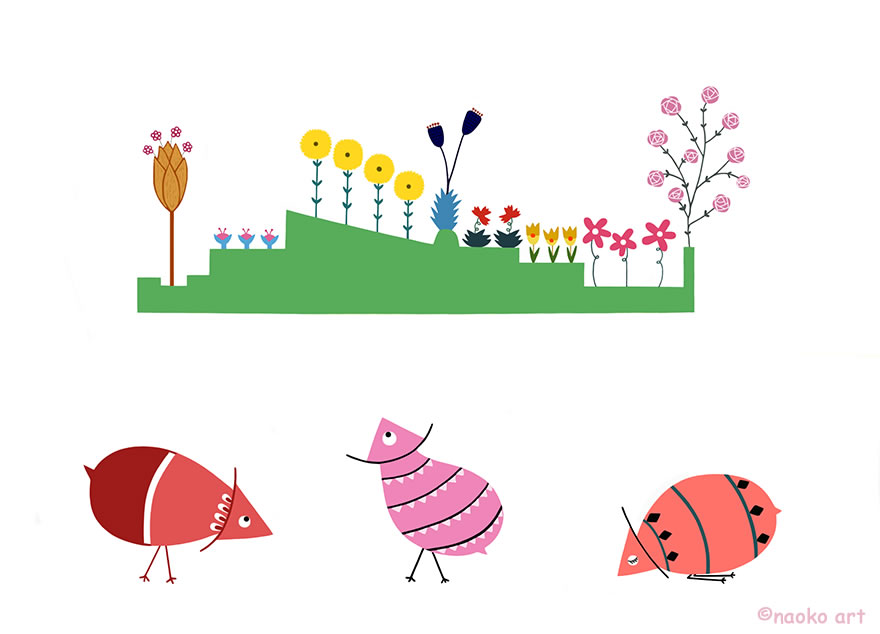
| Implement and enforce laws to protect threatened and endangered species and their habitats, and work to rebuild their populations.
|
| |
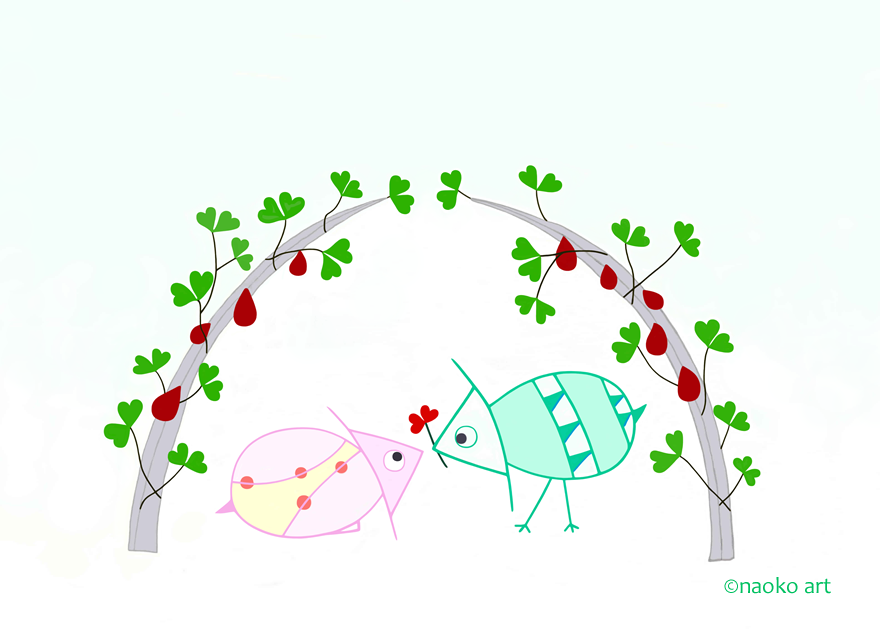
| To prevent the extinction of endangered species, crack down on poaching and the illegal wildlife trade. |
| |
| |
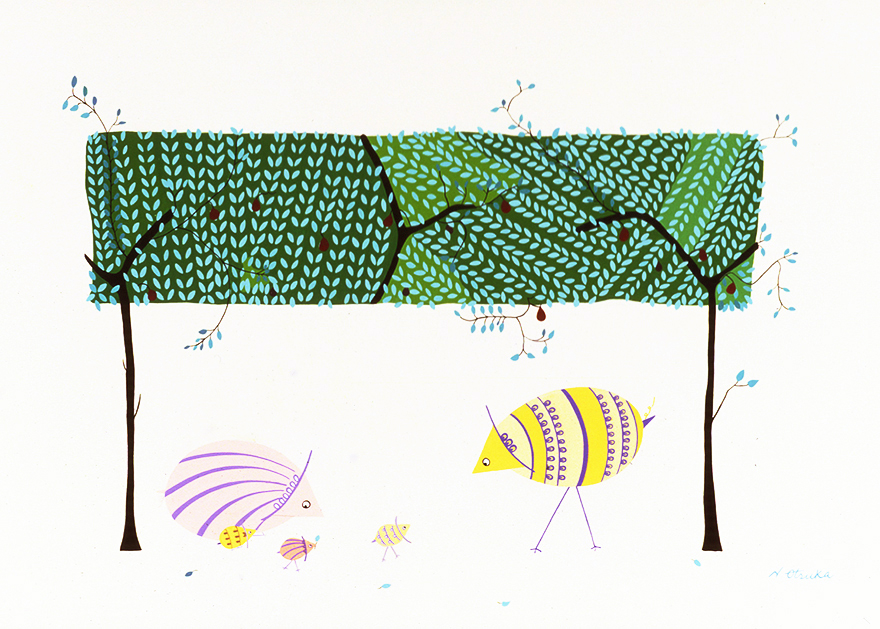
| Treat animals humanely in all situations, including agriculture, research, and entertainment, to ensure their physical and mental well-being. |
| |
| |

| Learn about the natural habitats, behaviors, and needs of animals in your region. Share this knowledge with your friends, family, and community.
|
| |
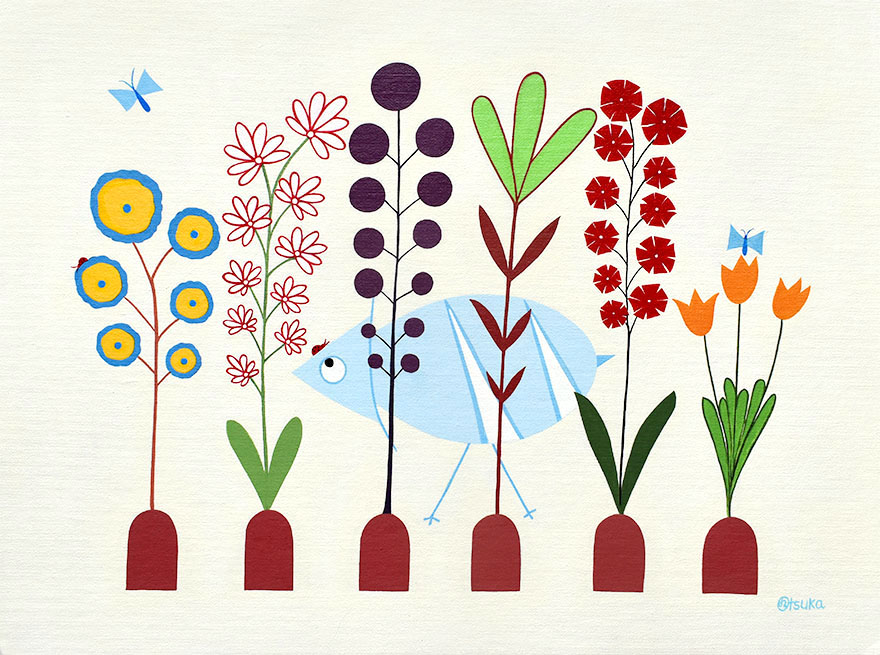
| |
| Minimize harmful chemicals, such as pesticides and herbicides, that can negatively impact wildlife. Dispose of waste responsibly to prevent pollution in waterways and ecosystems. |
| |
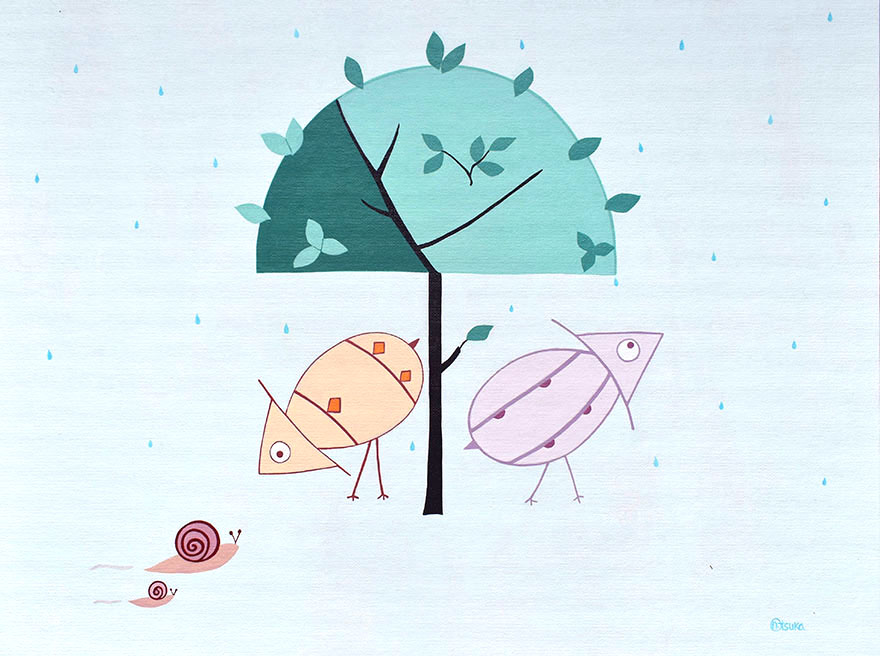
| Promote responsible eco-tourism that fosters a greater appreciation for animals and their environments without causing harm or stress to the animals. |
| |
| |
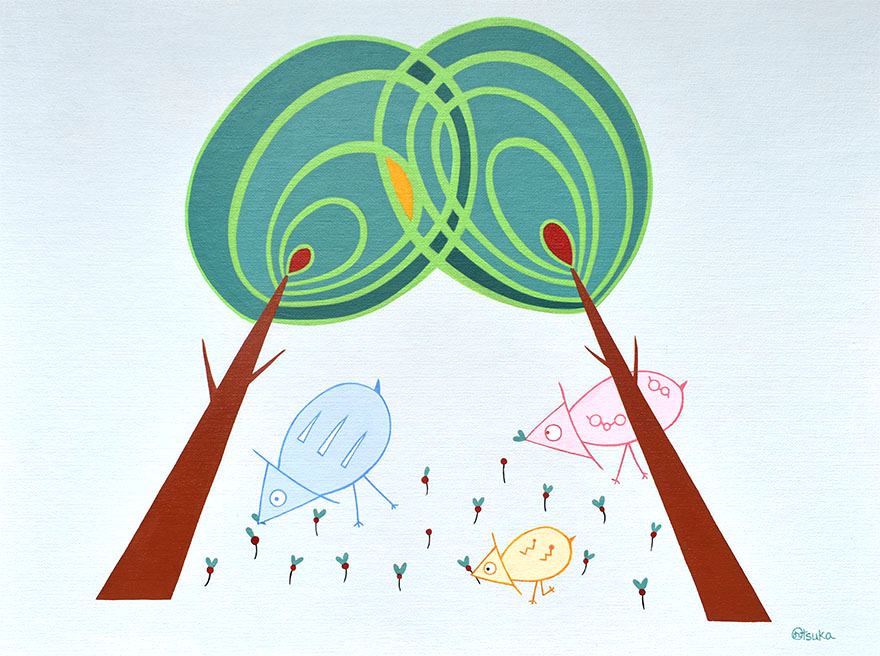
When visiting natural areas, stick to marked trails to minimize your environmental impact and reduce the likelihood of disturbing wildlife.
|
|
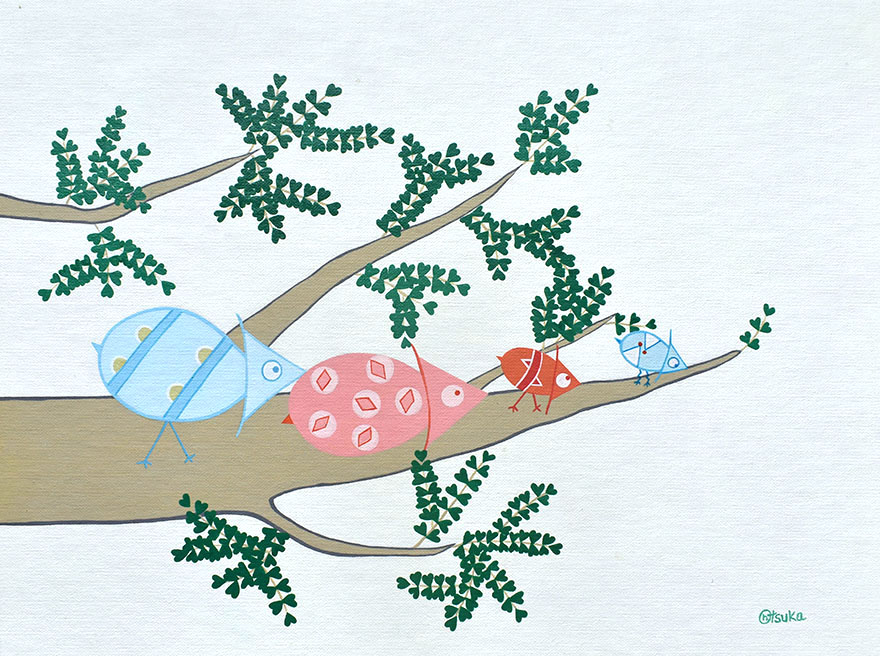
| Educate people about the importance of animal conservation and our interdependence with the natural world so that future generations can enjoy and coexist with a rich diversity of species. |
| |
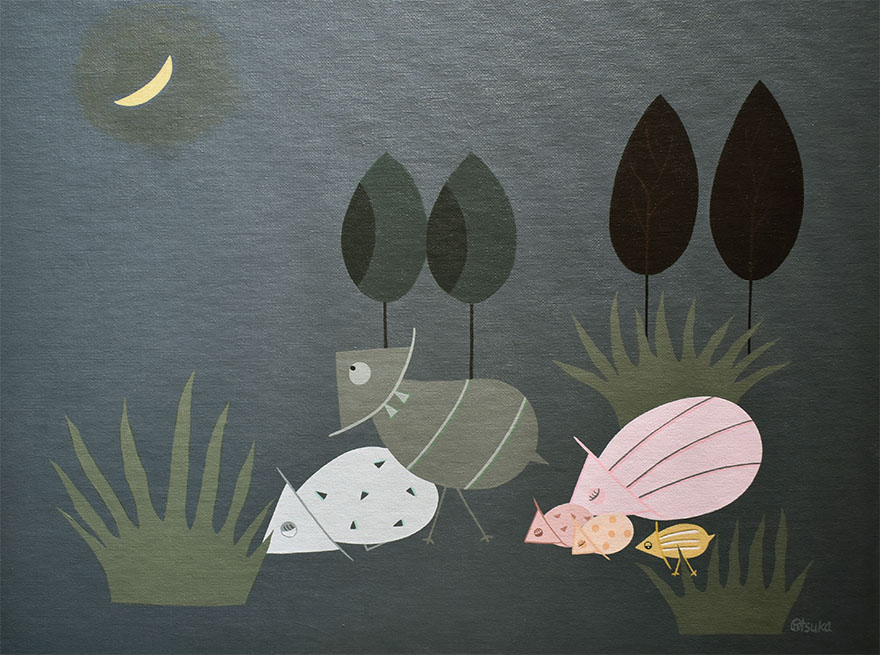
|
|
| A habitat with ample shelter and hiding spots, such as burrows, caves, or dense vegetation, allows animals to avoid predators and protect their young. It is our responsibility to protect these habitat conditions without destroying them. |
| |
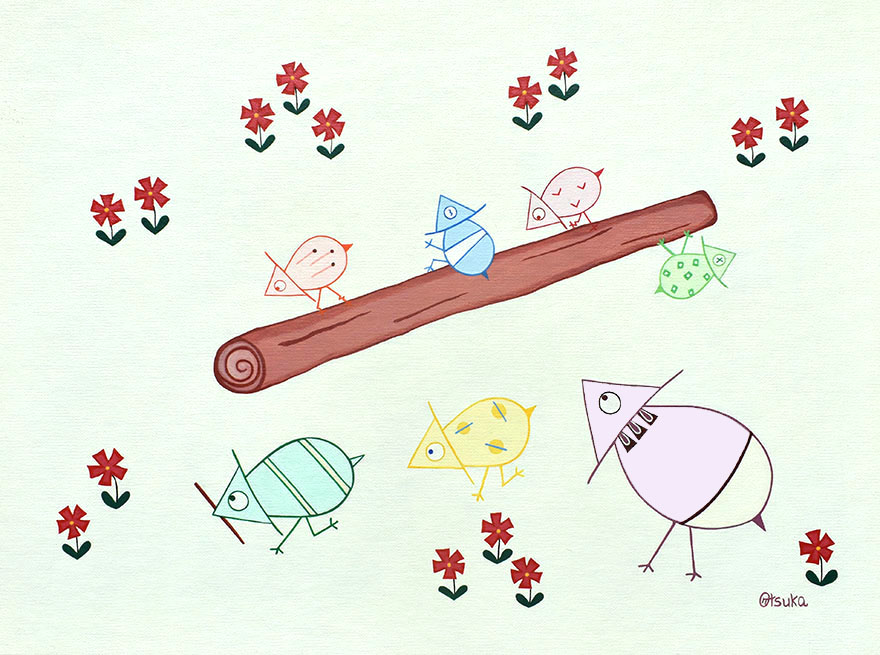
|
Support policies and regulations that protect endangered species preserve habitats and promote sustainable development.
|
|
|
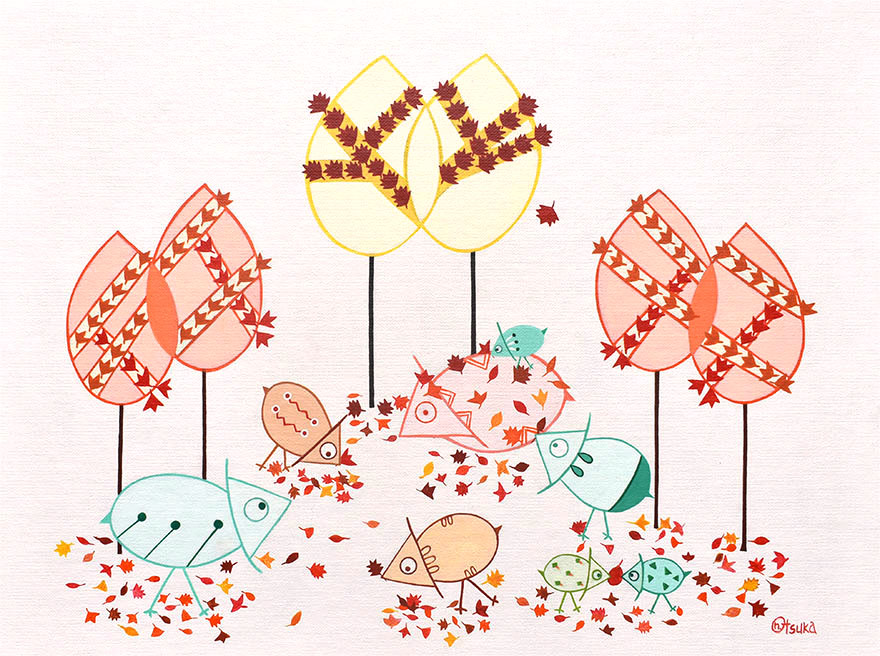
|

















